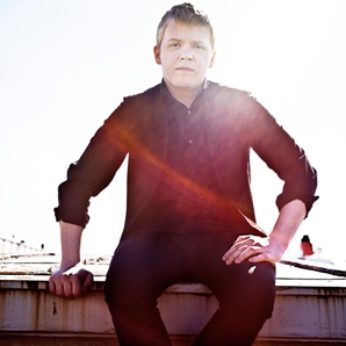Composer: Sándor Veress (b. 1907 - d. 1992)
Performance date: 30/06/2013
Venue: St. Brendan’s Church
Composition Year: 1943/1949
Duration: 00:13:55
Recording Engineer: Damian Chennells, RTÉ lyric fm
Instrumentation Category:Full/Chamber Orchestra
Artists:
Pekka Kuusisto -
[violin]
Irish Chamber Orchestra -
[orchestra]

Veress was a
Hungarian composer, who eventually emigrated in 1949 to
second half of his life. Although Veress managed to survive the interwar Horthy
era in
more repressive regime that followed
entry into the War on
side, it was the Soviet take-over that drove Veress away. He had been a student
of both Kodály and Bartók and indeed he succeeded the former as professor of
composition at the
for a long time one of Bartók’s assistants in his folk-music research. So
although he was born and bred a Hungarian, Veress is often confusingly
described as Swiss.
The composition of
the Transylvanian Dances stretched
over several years, in fact Veress originally conceived it as a three-movement
work consisting of the first two dances and the last one. The fourth dance was
written at the instigation of Paul Sacher, who had first met Veress in the
autumn of 1948 and premiered the three Dances
with his famous Basel Chamber Orchestra. The completed Dances were dedicated to Sacher as indeed was another famous exile
work, Bartók’s Divertimento.
Veress described
his Dances as emphatically not
folk-tune settings but rather free
re-creations of certain styles of dance music indigenous to Hungarian villages,
particularly to the Székler of
for movement the basic material becomes a point of departure for etude-like
densification. Lassu (slowly), Ugrós (leaping), Dobbantós (stamping) have an invention-like character thanks to the
concentrated way they address fundamental musical principles like melody,
accompaniment and fugal imitation. The last composed Lejt?s (buoyant, springy) takes on the quality of an invocation of
the composer’s homeland.
Copyright © 2025 West Cork Music. All rights reserved.
Designed and developed by Matrix Internet